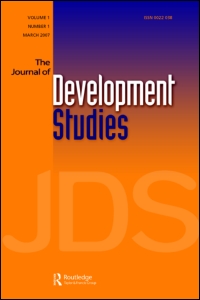I focus on 4 major challenges for malaria control with which economics can assist: In the first chapter I use optimal control and dynamic programming techniques to focus on the problem of insecticide resistance in malaria control, and to understand how different models of mosquito evolution can affect our policy prescriptions for dealing with the problem of insecticide resistance. In the 2nd chapter, I consider the interaction between parasite resistance to drugs and mosquito resistance to insecticides, and use a mass-action epidemiological model to analyze cost-effective malaria control portfolios that balance these 2 dynamics. In the 3rd chapter, I analyze results from a discrete choice experiment (DCE) of households in northern Uganda to elicit preferences for different attributes of indoor residual spraying programs (IRS) to control malaria-transmitting mosquitoes. In particular, I evaluate: (a) the elasticity of household participation levels in IRS programs with respect to malaria risk; and (b) households’ perceived value of programs aimed at reducing malaria risk, such as IRS.
Category: Self-Promotion
In Montreal this Week for the Global Food Security Conference
I am spending the week in Montreal for the Global Food Security Conference at McGill University.
I will be speaking at a session titled “Can High Food Prices and Volatility Be Managed?,” along with Evan Fraser, who co-wrote Empires of Food, one of my favorite books on food policy.
If you will be attending the conference, come by and say hi. If you are in Montreal and would like to go out for drinks, get in touch.
Mobile Phones: Does the Intrahousehold Allocation of Technology Matter?
 There are good reasons to believe it does.
There are good reasons to believe it does.
At least, that is the answer my coauthor Ken Lee and I come up with in a new article titled “Look Who’s Talking: The Impacts of the Intrahousehold Allocation of Mobile Phones on Agricultural Prices,” forthcoming in the Journal of Development Studies.
More specifically, in a sample of onion farmers in the Philippines, we look at whether there is a statistically significant relationship between whether anyone in a household owns a mobile phone and the price received by that household for its onions.
Failing to find any statistically significant association between the two, we then look at whether there is a statistically significant relationship between whether (i) the household head owns a mobile phone, (ii) the household head’s spouse owns a mobile phone, or (iii) any of the children in the household own a mobile phone and the price received by that household for its onions.